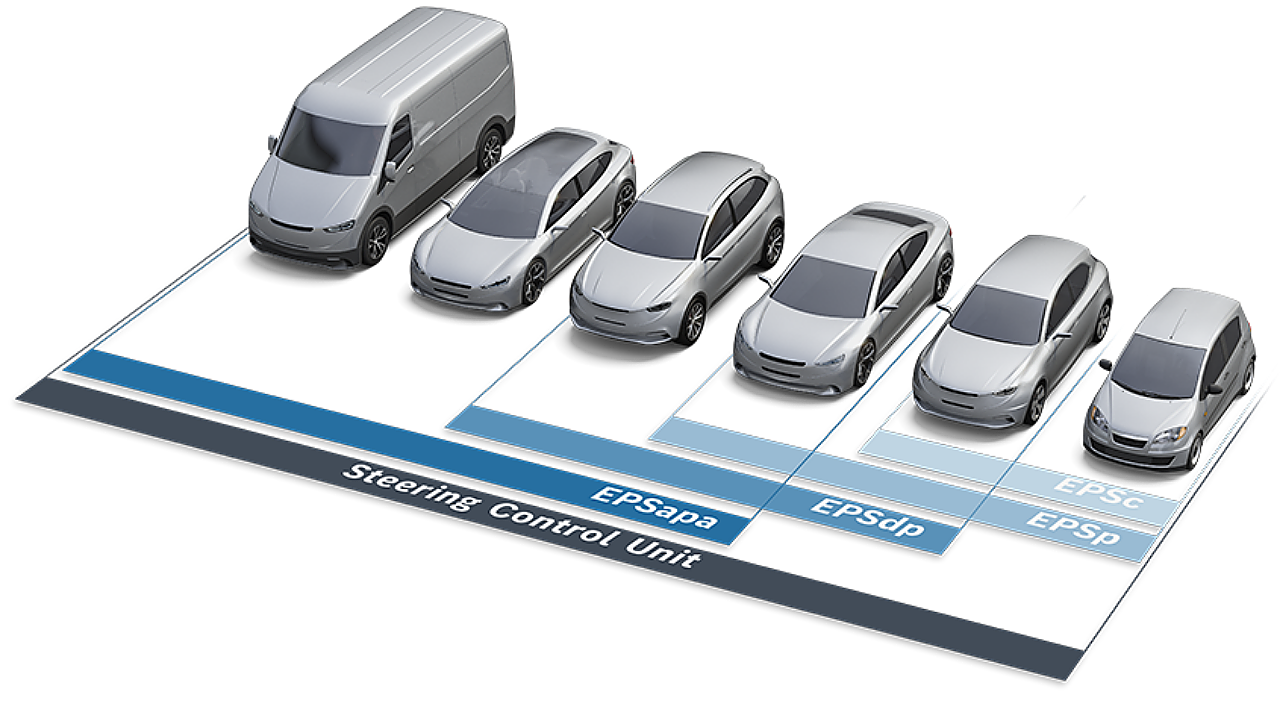
The adoption of electric and autonomous vehicles is rising rapidly across the globe. As a result, the penetration of electric power steering (EPS) systems in commercial and passenger vehicles increases. Besides, governments' mandates concerning incorporating fuel-efficient technologies in vehicles are increasing. All these factors are predicted to upsurge the growth of the global EPS sensor market. The latest report by Research Dive estimates that the global EPS sensor market will generate $ 26.74 billion and exhibit a CAGR of 8.4% from 2021 to 2028.
In addition, technological advancements and the rising adoption of EPS sensors in commercial vehicles globally are the factors anticipated to create huge growth opportunities for the EPS sensor market by 2028. However, common failure in torque sensors and the high costs associated with EPS systems compared to traditional steering systems are expected to hamper the market growth during the estimated timeframe, the research report said.
COVID-19 Impact
Research Dive stated that the COVID-19 pandemic has undesirably impacted the global EPS sensor market growth. The negative growth during the pandemic period is mainly due to the slowdown of manufacturing and plummeting of sales in the automobile sector across the globe. Also, it impacted the OEM manufacturers, including automobile sensors and parts manufacturers around the world. However, the slowly but steadily opening of restrictions in China and India is opening up the demand for passenger automobiles, which is predicted to help the market recover in the coming future.
The key players of the global EPS sensor market include Robert Bosch, Denso, Hella, Valeo, Infineon, Continental, Sensata, NXP, TT Electronics and Asahi Kasei.
Market Findings
The research report segments the market into vehicle type, sensor type, distribution channel, and region. Based on vehicle type, the passenger sub-segment is estimated to surpass about $ 20.19 billion by 2028 and dominate the global industry during the forecast period. This sub-segment growth is mainly due to the increasing expansion of passenger cars, and the key mobility medium across the world is expected to help the growth of passenger cars sub-segment in the forecast period.
In terms of sensor type, the steering wheel position sub-segment is estimated to generate a revenue of about $ 12.47 billion by 2028 and is predicted to hold a significant market share during the analysis period. This is due to the continuous developments in non-contacting position sensors based on magnetic sensing principles.
Aftermarket
The report from Research Dive stated that the aftermarket sub-segment is expected to generate a revenue of about $ 9.74 billion by 2028 and is predicted to witness lucrative growth over the analysis period. In addition, the increasing demand for upgrades to existing automotive electrics systems, including EPS sensors, is expected to boost the growth of the sub-segment in the electric power steering (EPS) market.
Asia Pacific To Witness Fastest Growth
Based on region, the EPS sensor market in the Asia-Pacific is expected to surpass $ 10.49 billion by 2028 and witness the fastest growth in the global industry over the forecast period. This is primarily because China is the largest automotive manufacturer globally, and South Korea and Japan are the most prominent auto exporters worldwide. In addition, significant expenditures in new vehicle technologies in the region are expected to drive the regional market growth by 2028, the research firm noted.
Courtesy: Research Dive. NB: Photo is representational; courtesy: Bosch.